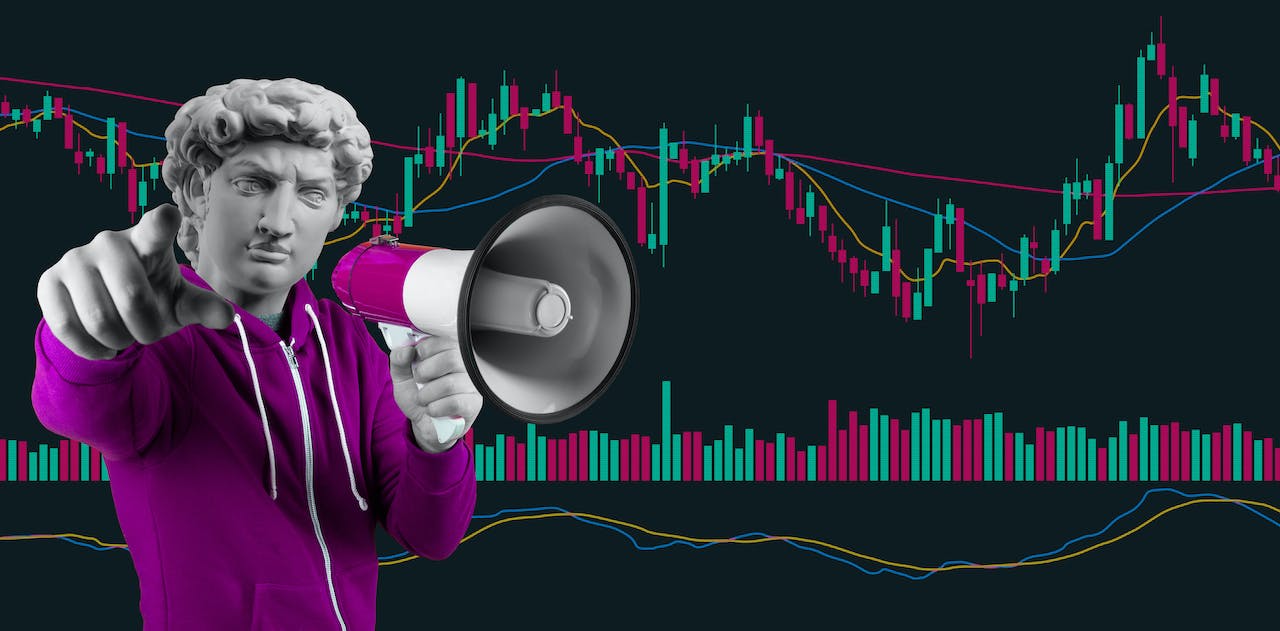
The emergence of Web3, a digital world where internet users retain ownership of their online activities, has the potential to revolutionize education. This new era of the internet, powered by blockchain technology, could transform traditional educational systems into decentralized marketplaces of learning. Edtech entrepreneurs and crypto enthusiasts envision a future where learners purchase access to courses without enrolling in traditional colleges, teachers directly profit from their teaching, and students track their progress through credential chains.
Contents
Decentralized Systems
Web3 champions the concept of decentralization, freeing commerce and other activities from government oversight and regulation. In the realm of education, this means exploring alternatives to traditional institutions. Can industries be reimagined to operate in ways that are less extractive and more community-owned? This approach could unbundle college courses from degree programs, allowing individuals to choose their classes and enabling instructors to market their courses directly to consumers. Additionally, efforts are underway to design blockchain credentials that enable individuals to track their own learning without relying on university-controlled transcripts.
New Learning Communities
Decentralized autonomous organizations (DAOs) are communities of people who share cryptocurrency and make decisions through voting. Some DAOs, known as “learning DAOs,” are organized to educate their communities about cryptocurrency. However, there are efforts to put a twist on this concept. For example, the Crypto, Culture, & Society DAO organizes courses that bring knowledge from various disciplines into the Web3 conversation. These DAOs are experiments in building educational institutions that are directed by learners, allowing students to have a say in where tuition fees go and how they learn.
Into the Metaverse
The metaverse, an immersive virtual reality that blurs the boundaries between digital and physical spaces, holds potential for shaping education. One example is the Eduverse, a virtual version of New York City designed for teachers. In the Eduverse, teachers can learn new technology skills, trade lesson plans for tokens, search for new jobs, and connect with fellow teachers from around the world. However, the digital divide remains a significant hurdle, limiting access to Web3 technologies in the developing world.
Buying and Selling
Web3 presents the possibility of public schools raising their own funds through decentralized finance and the crypto-economy. School-businesses could mint their own tokens and give teachers a share, creating a financial incentive for their success. Additionally, students could earn cryptocurrency for completing school assignments and peer-grading each other’s work, using the money to pay for exams and course credits.
While Web3 offers exciting possibilities for education, there are debates about the extent to which decentralization should be embraced. Some argue that certain aspects of education, such as quality assurance, should remain centralized. Educators and students may face choices between traditional institutions and decentralized providers, weighing the ownership of intellectual property against the potential for financial gain.
In conclusion, Web3 has the potential to revolutionize education by empowering learners, teachers, and communities. It offers new avenues for access, ownership, and collaboration. While the future of Web3 in education is still unfolding, it presents both opportunities and challenges that need careful consideration.
FAQs
Q: What is Web3?
A: Web3 refers to a digital world where internet users retain ownership of their online activities and intellectual property. It is powered by blockchain technology and offers new possibilities for decentralized systems, learning communities, and virtual realities.
Q: How could Web3 transform education?
A: Web3 could transform education by enabling learners to purchase courses without enrolling in traditional colleges, allowing teachers to directly profit from their teaching, and providing individuals with ownership of their learning credentials. It also encourages the development of learning communities and immersive virtual realities that enhance educational experiences.
Q: What are DAOs?
A: DAOs, or decentralized autonomous organizations, are communities of people who share cryptocurrency and make decisions through voting. In the context of education, there are “learning DAOs” organized to educate their communities about cryptocurrency and explore the potential of Web3.
Q: What are the potential challenges of Web3 in education?
A: Some challenges of Web3 in education include the digital divide, limited access to Web3 technologies in developing regions, concerns about data privacy and security, and the need to balance decentralized systems with quality assurance measures.
Q: How can Web3 benefit students and educators?
A: Web3 can benefit students and educators by offering new opportunities for access, ownership, and collaboration. It allows individuals to customize their learning experiences, track their progress through blockchain credentials, and connect with global communities of learners and educators.
Conclusion
Web3 has the potential to bring significant changes to education, empowering learners, teachers, and communities. By embracing decentralization, individuals can take ownership of their learning, engage in decentralized learning communities, and explore immersive virtual realities. However, the implementation of Web3 in education requires careful consideration of the challenges and ethical implications it presents. As the future unfolds, educators and learners may need to navigate the opportunities and trade-offs that Web3 brings to the world of education.







